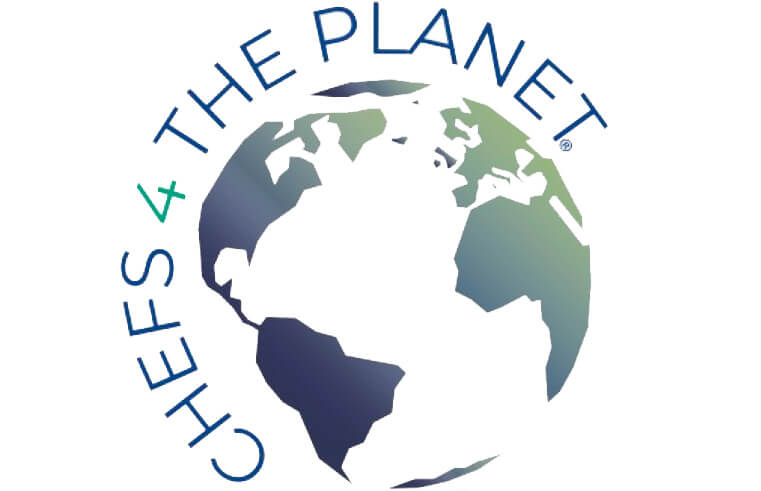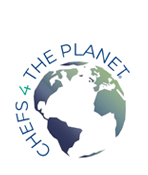In the last 70 years, industrial farming has polluted water, impoverished soils, caused suffering to animals, damaged biodiversity, destroyed forests, all to produce – mostly poor quality – meat and milk. Today, our environmental and social bills are through the roof.
Yet, many small-scale agroecological farmers across Europe have turned their backs on industrial meat production and have developed nature-friendly alternatives to raise their animals. These animals are allowed to live outside and graze, generating lower emissions than industrial farms, and compensating those they do produce by planting trees or letting natural grasslands that contribute to storing carbon in the soil grow undisturbed. On these extensive farms, the animals live longer, are not mutilated, rarely get ill and most importantly are free to live according to their natural needs, without undergoing unnecessary suffering and stress.
Words from a Herald of Grass-Based Beef Production
Jacopo Goracci, the coordinator of Slow Food Razza Maremmana Presidium in Tuscany, Italy, is one of these guardians of nature and biodiversity. In the most remote part of the Tuscan Maremma, he raises pigs and cows on Mediterranean planes and bushes. “I believe that a farmer who wants to create a farm linked to the territory must base his/her choice of species and breed on the ecosystem present in their farm. In our case, the environment is made up by more than 70% of woods […] and the presence of a local cattle breed that was very well adapted to live in forests helped us in our response. We needed independent animals, who knew how to look for the best environment in the available biodiversity, who knew how to graze, how to walk for miles in search of water and pastures, who had a strong maternal attitude etc. The “Grossetana” Maremmana sturdy breed was a winner for us”, Jacopo comments.
Last year, the EIP-AGRI Focus Group[1] on sustainable beef production, set up by the European Commission, called for applications from experts, researchers, farmers and NGOs, to get their input on how to help the grass-based[2] beef sector to address the current challenges and become more economically, environmentally and socially sustainable. Jacopo Goracci applied and was selected to be part of the focus group. As their final report was published last month, we seized that opportunity to ask some questions to this passionate farmer, actively engaged in the transition towards sustainable farming.
What do you think are the key elements for a transition to sustainable animal farming?
I believe that restoring contact with the soil, the link between the animal and the ecosystem in which it is raised, is the fundamental base for transitioning to sustainable systems. Everything starts from soil (even in the most intensive farms, the feed is necessarily cultivated, using soil).
Another key element for the transition would be to restore the link between meat producers and consumers. Intensive farming has removed, even visually, the process of meat production [which mostly happens behind the walls of factory farms], saying that it is to maintain an optimal microclimate for their animals, while actually, it is because they are fragile breeds designed for intensive practices, and can only survive in artificial conditions. It results in a complete separation of animals from nature. It is important to re-introduce them into the cycle of nature and supplement when nature fails to do so.
The complex interactions between animals and their agroecosystem needs to be studied in detail. You have to plan carefully how to reinsert them into nature, you can’t simply turn them loose and see what happens. You also need collaborators, technicians, advisors, because you can’t do that alone, and you have to be patient because it takes years to transition to agroforestry.
Read the rest here: https://www.slowfood.com/another-animal-farming-in-europe-is-possible/


